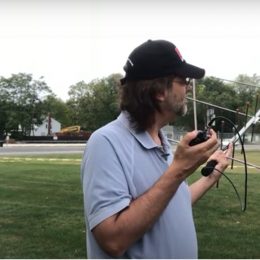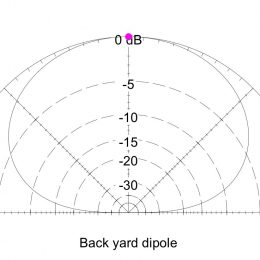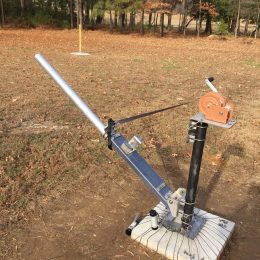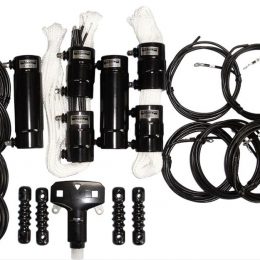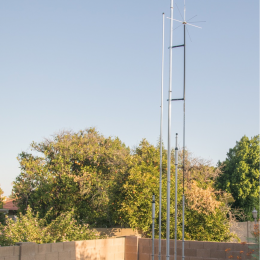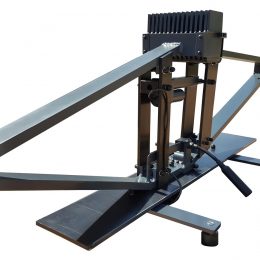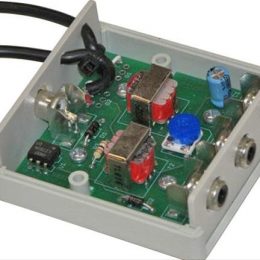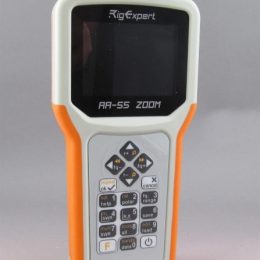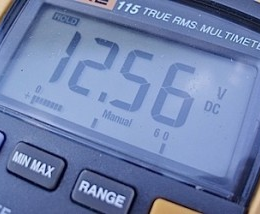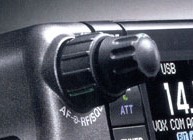Satellite Operation / Technical Articles
Editor’s Note: Welcome to OnAllBands’ new video series on the fun and challenges of contacting Amateur Radio satellites! Your host is Sean Kutzko, KX9X, OnAllBands blogger, former AMSAT Volunteer Coordinator, […]
Antenna Tech / Technical Articles
The half-wave dipole is one of the most basic antennas in all of Ham radio. It also tends to get a bad rap; how many times have you heard somebody—possibly […]
Technical Articles
by Dino Papas × on September 30, 2020 at 7:06 pm ×
I’ve been a Ham for over 50 years, but up until about four years ago I had never had a QSO on 160m! In 2016, I decided that had to […]
Antenna Tech / Technical Articles
The dipole versus vertical question doesn’t really have a single “right” answer, and amateurs will offer different responses based on their individual preferences. It’s almost like the Ford versus Chevy […]
Antenna Tech / Technical Articles
It all started when I wanted to put up an antenna, but it couldn’t be visible from the street. The peak of my roof is 24 feet so that created […]
Antenna Tech / Technical Articles
We hear the question a lot: What are good antenna recommendations for use at my HOA restricted residence? Even if you live in a neighborhood that has an HOA, you […]
Technical Articles
One of the most fun activities in Ham radio is learning to build your own equipment. In the early years of amateur radio, long before factory-built equipment was easily available, […]
Antenna Tech / Technical Articles
After the previous couple of articles about troubleshooting (“Maintaining and Troubleshooting an HF Station” and “Troubleshooting Your Transceiver”), it’s time to move outside the station. An antenna system may not […]
Technical Articles
Uh-oh, the radio’s broken! It’s either doing something it’s not supposed to or not doing something it’s supposed to. The natural response will always be to change a few things, […]
Technical Articles
There is a fine line between maintenance and troubleshooting, whether it’s a Ham station, a car, an audio system, or any bit of technology with several “moving parts.” One often […]

